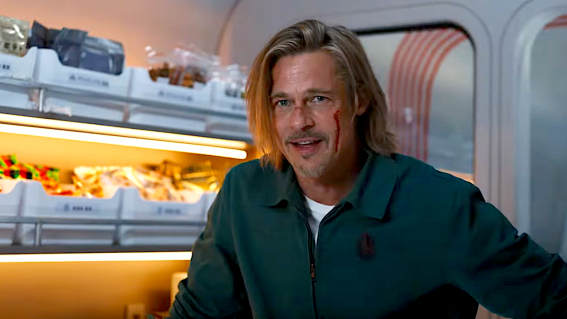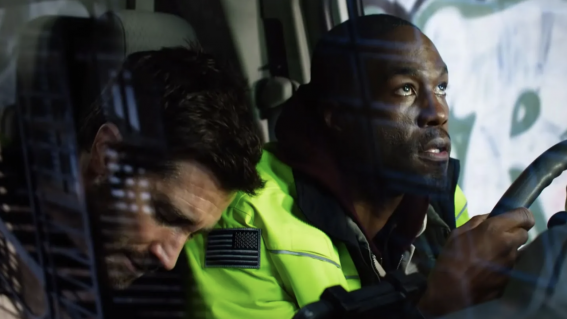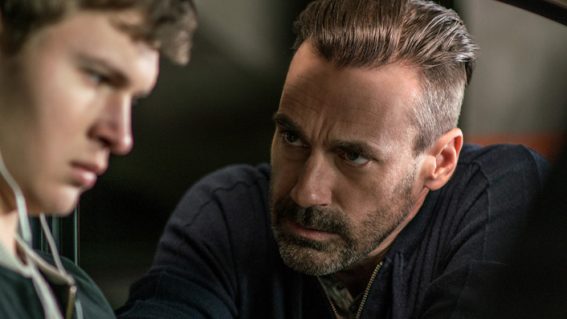The unpredictable Shadow in The Cloud is an airborne genre-bending riot
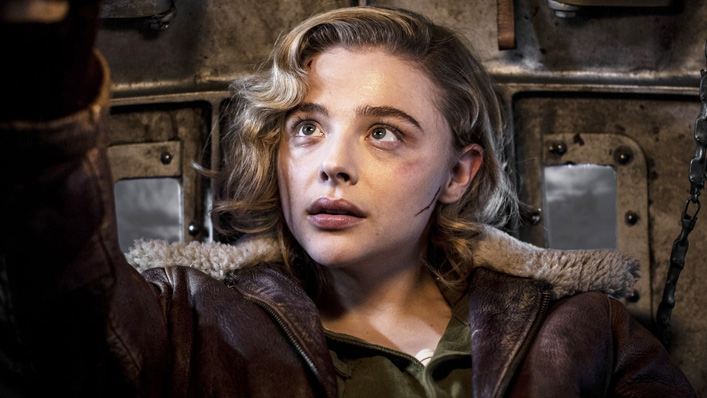
Gender politics, popcorn thrills and literal and symbolic gremlins combine to make Shadow in the Cloud (now on digital release) an unusually entertaining WWII movie. Here’s critic Luke Buckmaster’s review.
You’ve never seen a World War II movie, or indeed a movie full stop, quite like Shadow in the Cloud—which may sound a shade hyperbolic, but wait for the details. This pulpy genre-bending exercise is mostly set in the clouds (literally) while simultaneously taking place in a cramped space: the gun turret of a B-17 bomber where the protagonist Maude is huddled for a hefty chunk of the running time. She is flustered yet steely and determined, driven by another impressively headstrong performance from Chloë Grace Moretz, who suffers no fools but is forced to deal with several.
See also
* All new streaming movies & series
* Movies now playing in cinemas
The narrative involves a gremlin, snarling and hissing and roaming on the outside of the plane, grabbing things and throwing them around, like a child having a hissy fit in their bedroom. It also involves symbolic gremlins, in the form of misogynist crew members who are aghast when Maude, a “dame”, arrives with orders to board their vessel, which has been unsubtly titled the “Fool’s Errand” in the screenplay, co-written by Liang and Max Landis. The men banish her to the turret, which is such a tight space it cannot fit both herself and her leather bag.
From the get-go, director Roseanne Liang signposts this bag as highly significant; in early moments the camera in fact follows it as if it were the protagonist, not the human carrying it. Maude approaches the mist-ensconced plane at night, which is presented in the atmospheric spirit of a mythical creature, an air of unreality boosted by composer Mahuia Bridgman-Cooper’s invigorating synthesiser-heavy score.
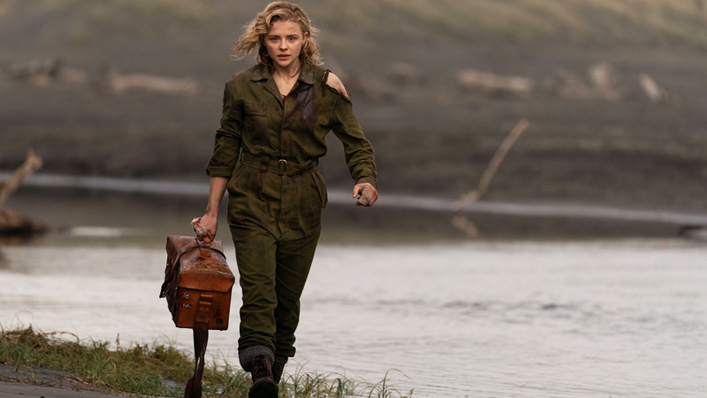
The men on board don’t like the cut of Maude or presumably any woman’s jib and question her credentials, spitting out insults and sexist language. When she is forced into the turret—which is like bundling somebody into the boot of a car—she reminds these vile blokes that the bag must not be opened under any circumstances. Which of course draws to the surface a question that has lingered from the start: what is in it? Maude has commented that it is fragile and needs to be kept upright, but we know nothing more.
The establishment of these sorts of mysteries triggers a guessing game that risks ending in disappointment, if the reveal fails to satisfy. One option is to preserve the enigma, as Tarantino does in Pulp Fiction, by allowing characters to admire the content of his famous briefcase but showing the audience only the sight of a golden glow emitting from it. Liang manages a little from column A and a little from column B, revealing something (no spoilers) that is actual and real but more interesting as a kind of symbolism.
I certainly interpreted as much; better to do that then harrumph about lack of realism. One cannot expect airtight verisimilitude in a film featuring an ‘actual’ gremlin (which was obviously inspired by the classic Twilight Zone episode Nightmare at 20,000 Feet). For Liang, surprising the audience is more important than plausability—and not just in the context of plot twists. The film in fact is entertainingly unpredictable in virtually every way—including visually, narratively and spatially.
When Maude is getting accustomed to her claustrophobic new surroundings, we hear the dialogue from the men above her, but see these men in images completely dislocated from their words. When the protagonist is stuck down here, the only time Liang shows the antagonists is by cutting to them in front of a pitch black background, creating an empty dream-like area. The opening scene of Nobody uses a similar effect, placing Bob Odenkirk in a police interview room presented as a kind of dramatic purgatory, with nothing before it to anchor us and no clear indication of what’s ahead. When Maude is in conversation with the men, Liang doesn’t cut to them, refusing to combine her space and theirs.
It’s an excellent touch: by showing the men when it makes no sense to, and not showing them when it does, the director extends space in an unusual way, borrowing from the language of dreams. Not bad for a film that has been casually derided by critics as a bit of a B movie, which more than anything else is a response to its genre-hopping tendencies. The common wisdom is, how dare you, you put a gremlin in a war film!
The most conventional thing about Shadow in the Cloud is Chloë Grace Moretz’s excellent performance; she has to be dreadfully serious in order for the wacky bits to work, elsewise the internal reality of the picture would crumble to pieces. It doesn’t: the film has verve, jive, pluck and spirit, combining gender politics and popcorn thrills into a heady and paradoxical combination. Big thinking (with its feminist messages) yet kind of small-minded (with old mate gremlin causing carnage).


